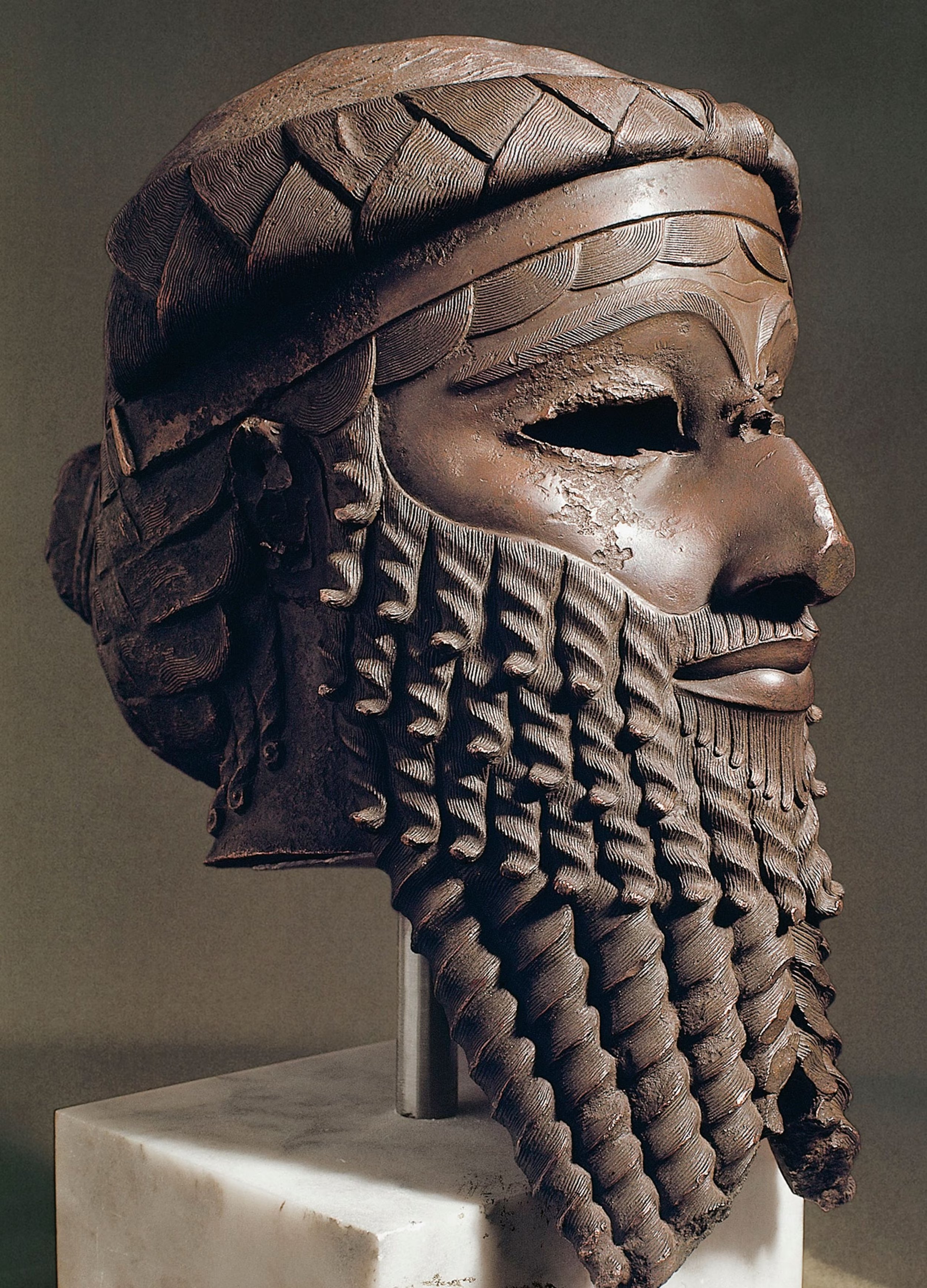Creative leaders experiment.
In Hero to Host, Margaret Wheatley and Deborah Frieze break down the reasons behind the dominance of the leader-as-hero model. While they explain the “why,” I found myself also curious about the “how.” I wanted to step back into history and explore the origins of this leader-as-hero archetype.
King Sargon of Akkad. Image source: National Geographic.
For most of human civilization, the leader-as-hero has been the dominant model of leadership. In ancient Mesopotamia, for example, Sumerian kings held power—a tradition that has continued for millennia. But how did this come to be?
While there is some debate about who the first ruler of Mesopotamia was, one commonality stands out: these leaders often claimed power through divine proclamation. This belief in their superiority is central to the leader-as-hero model—they see themselves as uniquely suited to lead. Often, it is the desire for power that drives these “heroes.”
Frieze and Wheatley suggest that a leader-as-host is different. They are honest enough to admit that no one person should be solely responsible for making important decisions. Perhaps it’s this humility, sometimes mistaken for a lack of confidence, that has allowed the leader-as-hero to dominate. Heroic leaders often project an illusion of confidence, using words and their supposed problem-solving skills to reinforce their authority.
This ability to appear confident may stem from three personality traits: Machiavellianism, narcissism, and psychopathy—collectively known as the Dark Triad. These traits are termed "dark" because they carry malevolent qualities. A 2010 study found that about 20% of people in leadership positions across the business world exhibit signs of psychopathy, compared to only 1% of the general population. It may be this dark triad of traits that fuels the rise of the leader-as-hero, with narcissism masquerading as confidence and pushing aside the more collaborative, host-style leader.
Image: Deen Mohd
A creative leader, on the other hand, may not display confidence in the traditional sense but is not afraid to take the unknown path. Diane Ragsdale’s blog posts illustrate this point beautifully. Artists, for example, often create without a set goal or strategy, embracing uncertainty. Ragsdale herself chose to teach a course on beauty to business students—an unorthodox approach with an unknown outcome. Yet, she reports that the students learned to slow down, see from different perspectives, and enjoy the process rather than focusing solely on the outcome, thus increasing their creative problem-solving abilities.
To be a creative leader is to:
Be curious and explore the unknown
Experiment without attachment to outcomes
Work on a level of values, beliefs, and ways of being
Develop individual and collective capacities to collaborate with different worldviews
Repair imbalanced social systems without oppression, discrimination, or harm
Use words empathetically
Focus on the collective rather than the individual
Be vulnerable, not power-driven


